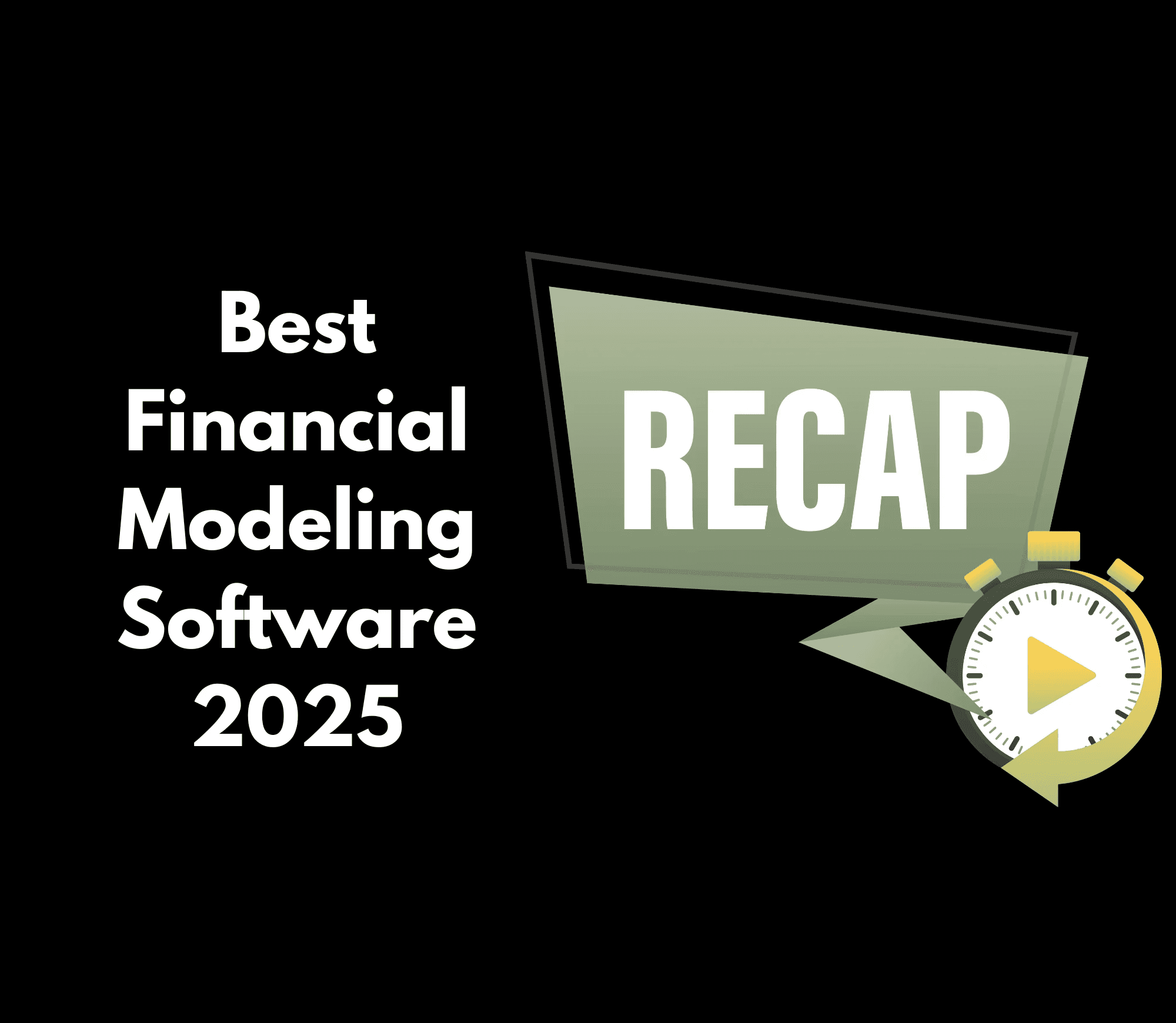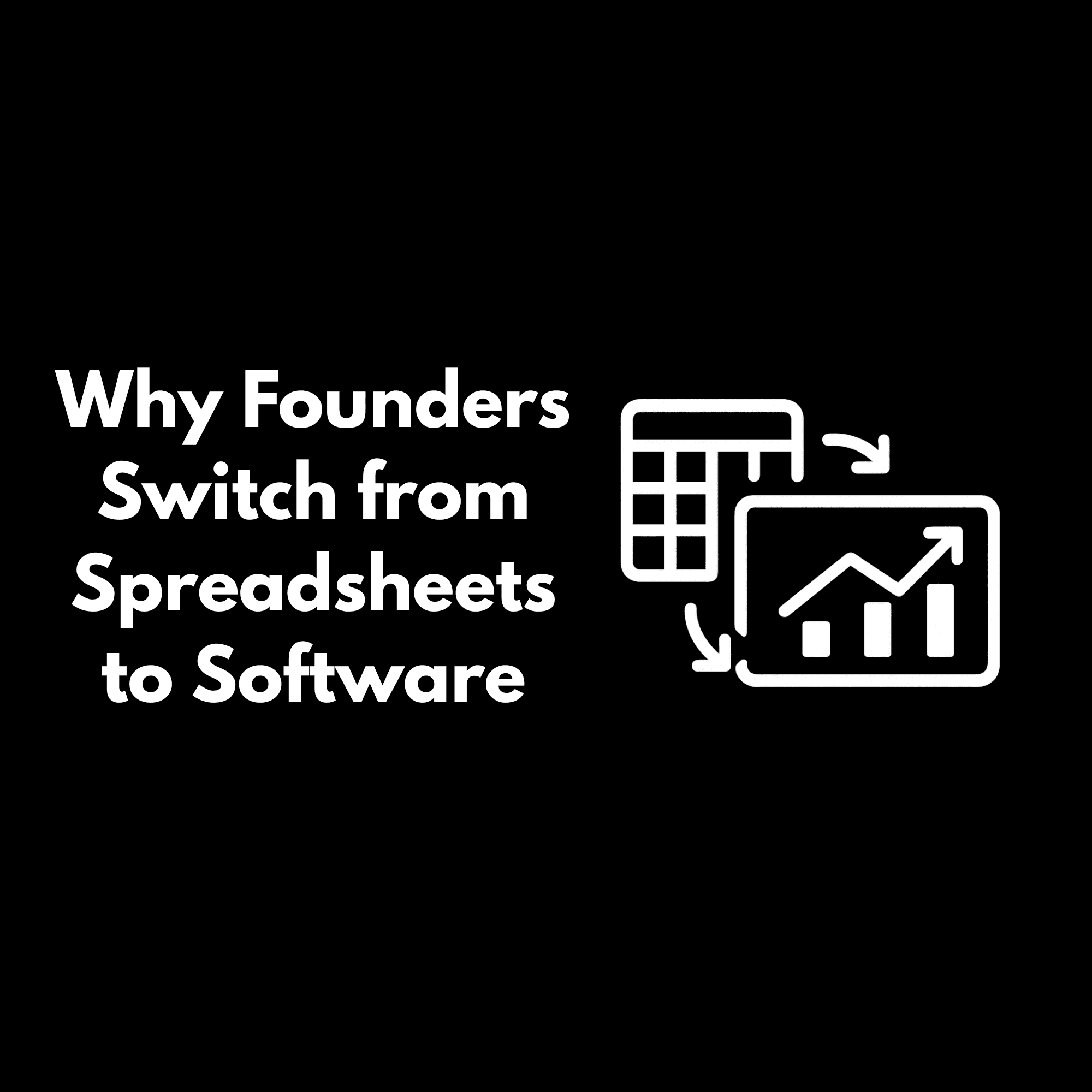Blog
Finance Advice
How to Forecast ARR, MRR, and Churn for B2B SaaS
Learn how to forecast ARR, MRR, and churn for your B2B SaaS startup. Understand key metrics, formulas, and strategies to predict recurring revenue and reduce churn.

Renato Villanueva
CEO & Cofounder
Nov 3, 2025
1. Understanding and Forecasting MRR
Monthly Recurring Revenue (MRR) represents your predictable monthly income from subscriptions. It’s the pulse of every SaaS business: clear, consistent, and measurable.
How to Calculate MRR
The basic formula is:
MRR = Total number of customers × Average revenue per account (ARPA)
For example, if you have 100 customers paying $400 per month, your MRR is $40,000.
How to Forecast MRR
To forecast MRR growth, consider:
New MRR: Revenue from new customers
Expansion MRR: Upgrades or add-ons from existing customers
Churned MRR: Lost revenue from cancellations
Your forecasted MRR should reflect:
Future MRR = Current MRR + New MRR + Expansion MRR – Churned MRR
Strong forecasting involves analyzing historical trends, sales pipeline data, and product updates that influence upsell potential.
2. Understanding and Forecasting ARR
Annual Recurring Revenue (ARR) is simply MRR multiplied by 12, but it’s more than just a yearly snapshot. Investors and founders use ARR to assess long-term revenue predictability.
How to Calculate ARR
ARR = MRR × 12
For example, a startup with $40,000 in MRR has an ARR of $480,000.
How to Forecast ARR
Accurate ARR forecasting depends on three things:
Retention: Keeping existing customers longer
Expansion: Increasing account value through upsells or cross-sells
Churn control: Minimizing lost revenue from cancellations
To forecast ARR growth, model how retention rates and sales targets evolve over time. For instance, improving net retention from 100% to 110% can mean a major lift in ARR without adding new customers.
3. Understanding and Forecasting Churn
Churn is the percentage of customers or revenue lost over a given period. It’s one of the most critical indicators of SaaS health because recurring revenue means nothing if there isn't consistency in customers.
Two Types of Churn to Track
Customer Churn: The number of customers lost
Revenue Churn: The amount of recurring revenue lost
How to Calculate Churn
Customer Churn Rate = (Customers Lost ÷ Customers at Start of Period) × 100
Revenue Churn Rate = (MRR Lost ÷ MRR at Start of Period) × 100
Example:
If you started the month with $50,000 MRR and lost $2,000 to cancellations, your churn rate is 4%.
How to Forecast Churn
Forecasting churn involves identifying behavioral patterns that predict customer loss, such as low engagement, reduced usage, or support escalations.
Modern financial platforms (like Parallel) combine your revenue data and customer metrics to predict churn dynamically, letting you model how retention strategies affect future growth.
4. Bringing It All Together: ARR, MRR, and Churn in Forecasting
These three metrics are interconnected. A change in churn impacts MRR. MRR growth affects ARR. ARR influences investor confidence.
To build a complete SaaS forecast, founders should:
Analyze historical trends for recurring revenue and churn
Layer in sales and retention projections
Use scenario modeling to simulate best- and worst-case outcomes
This approach provides clarity around cash flow, growth strategy, and fundraising readiness.
5. Why Parallel Is the Best Tool for SaaS Forecasting
Spreadsheets can’t keep up with dynamic SaaS data. They’re static, manual, and and hard to use for someone with little experience.
Parallel was built to solve that.
Parallel gives founders:
Live forecasting that updates as your financial data changes
Scenario modeling to test revenue, churn, and hiring outcomes instantly
Investor-ready dashboards to showcase ARR, MRR, and retention metrics
Clarity in every decision, so you always know how growth affects runway
Whether you’re preparing for your next funding round or building your first financial model, Parallel keeps your SaaS forecast accurate, real-time, and investor-ready.
Model your ARR, MRR, and churn today with Parallel, and see how small changes in customer behavior can reshape your growth story. Schedule a demo here.
FAQs
What’s the difference between ARR and MRR in SaaS forecasting?
MRR (Monthly Recurring Revenue) tracks predictable monthly subscription income, while ARR (Annual Recurring Revenue) is that same value multiplied by 12 to represent yearly recurring revenue. Both help founders measure financial stability and growth momentum.
Why are ARR and MRR important metrics for B2B SaaS?
They reveal the predictability of your revenue stream. Consistent MRR growth signals product-market fit and scalability, while ARR gives investors a snapshot of your long-term earning potential.
How can I forecast churn effectively?
Forecast churn by analyzing customer retention patterns, usage data, and historical cancellations. Combine this with predictive modeling to simulate how changes in pricing, support, or product engagement affect retention rates.
How do ARR, MRR, and churn impact SaaS valuation?
Together, they tell the story of your company’s financial health. Strong recurring revenue with low churn improves investor confidence and can significantly increase your valuation multiple.
How does Parallel help founders forecast ARR, MRR, and churn?
Parallel connects to your live financial and customer data, automatically updating forecasts as you grow. Founders can model churn scenarios, predict revenue shifts, and generate investor-ready reports.

Renato Villanueva
CEO & Cofounder
From hiring to fundraising, Parallel helps startups make faster, more confident decisions with a financial forecast they trust.



